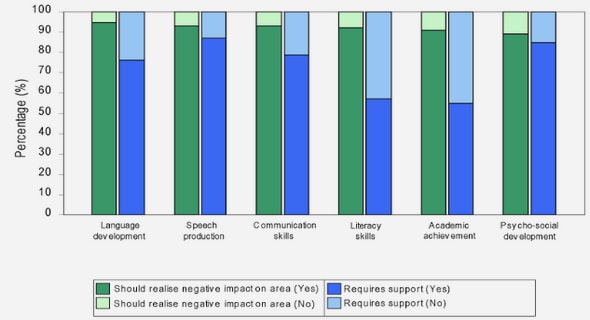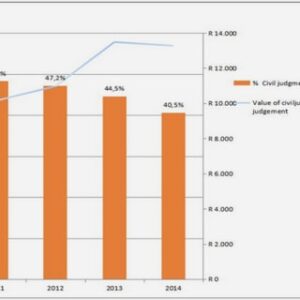(Downloads - 0)
For more info about our services contact : help@bestpfe.com
Table of contents
Synthèse en français
I. OBJECTIVES
II. GENOMICS OF LONG- AND SHORT- TERM ADAPTATION IN MAIZE AND TEOSINTES
II.1 Introduction
II.2 How to explore adaptation?
II.3 Local adaptation in maize and teosintes
II.4 What is the role of phenotypic plasticity?
II.5 How convergent is adaptation?
II.6 Mechanisms of genetic adaptation in maize and teosintes
II.7 What constraints adaptation?
II.8 Conclusion
II.9 Acknowledgements
II.10 References
III. THE INTERPLAY OF DEMOGRAPHY AND SELECTION DURING MAIZE DOMESTICATION AND EXPANSION
III.1 Abstract
III.2 Introduction
III.3 Results
Maize population size change during domestication and expansion
Introgression from wild maize in highland populations
The influence of demography on accumulation of deleterious alleles
III.4 Discussion
Historical changes in maize population size
The prevalence of gene flow during maize diffusion
Impacts of demography on accumulation of deleterious variants
Population size and deleterious variants
Introgression and deleterious variants
III.5 Conclusion
III.6 Methods
Samples, whole genome resequencing, and read mapping
Demography of maize domestication and diffusion
Population structure, genetic diversity, and inbreeding coefficients
Runs of homozygosity
Detection of introgression
Estimating burden of deleterious mutations
III.7 Acknowledgements and funding
III.8 References
III.9 Supplementary Material
IV. THE POTENTIAL ROLE OF GENETIC ASSIMILATION DURING MAIZE DOMESTICATION
IV.1 Abstract
IV.2 Introduction
IV.3 Material and methods
Growth chamber experiment
RNAseq experiment
Co-expression networks
Enrichment analyses
Additional data sets
IV.4 Results
IV.5 Discussion
IV.6 Conclusion
IV.7 Acknowledgements
IV.8 References
IV.9 Supporting information
V. BOTH HARD AND SOFT SWEEPS CONTRIBUTE TO LOCAL ADAPTATION OF NATURAL POPULATIONS OF TEOSINTES
V.2 Results and discussion
V.3 Conclusion
V.4 Material and methods
Samples and whole genome re-sequencing
Read mapping and SNP calling
Population genetics parameters
Genetic structure
Site frequency spectrums
Demography
Hard sweeps and soft sweeps
Percentage of genic regions in hard sweeps
Modeling heritabilities explained by selective sweeps
V.5 References
V.6 Supplementary information
VI. DISCUSSION AND PERSPECTIVES
VI.1 Main results
VI.2 Methods
VI.3 Future directions
VI.4 References



